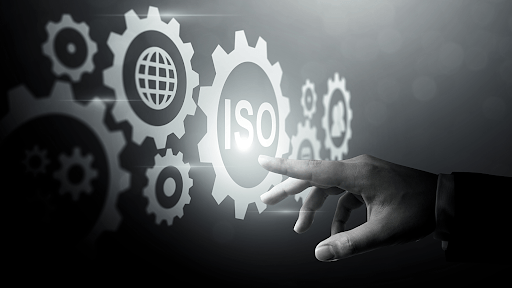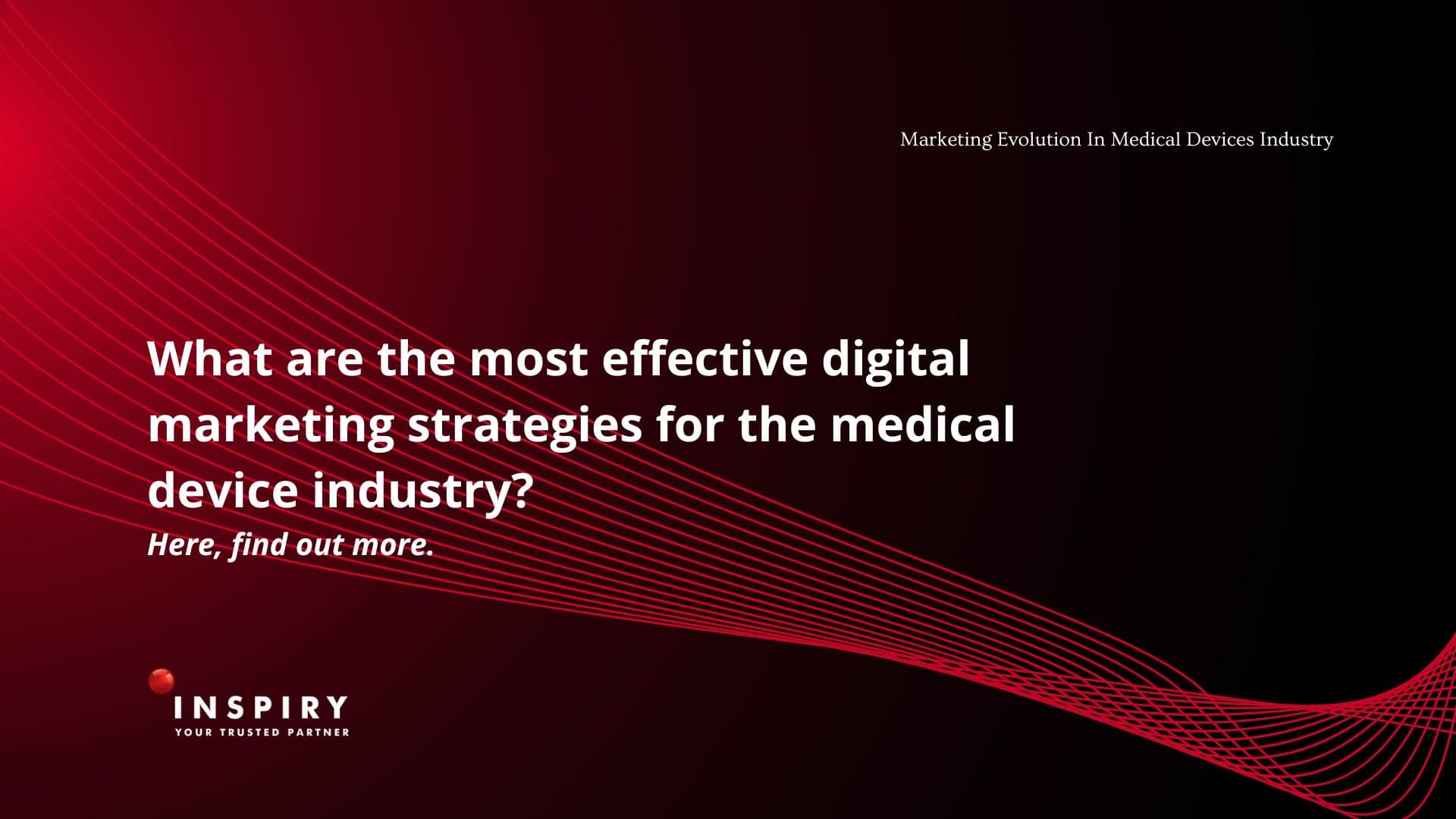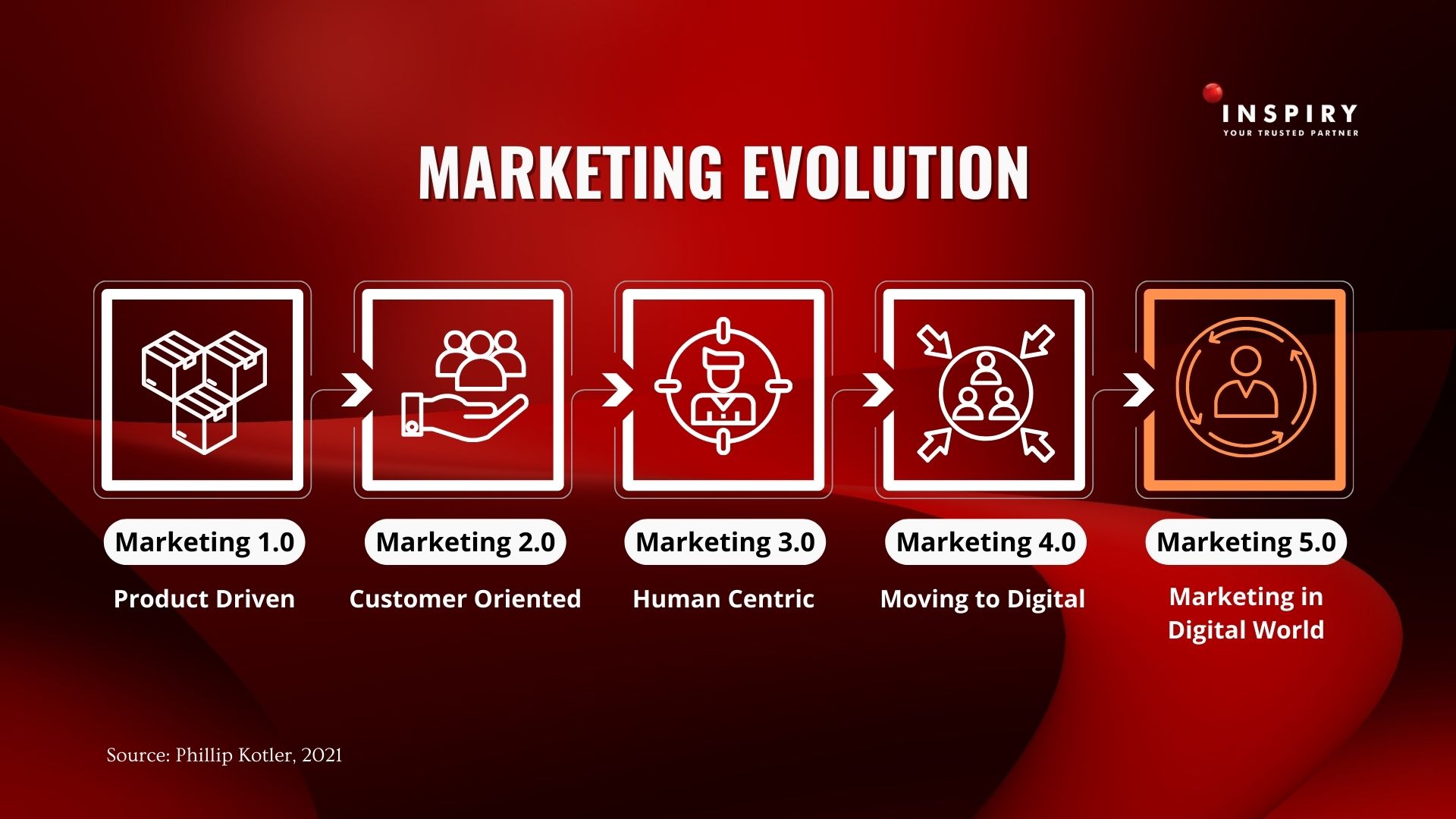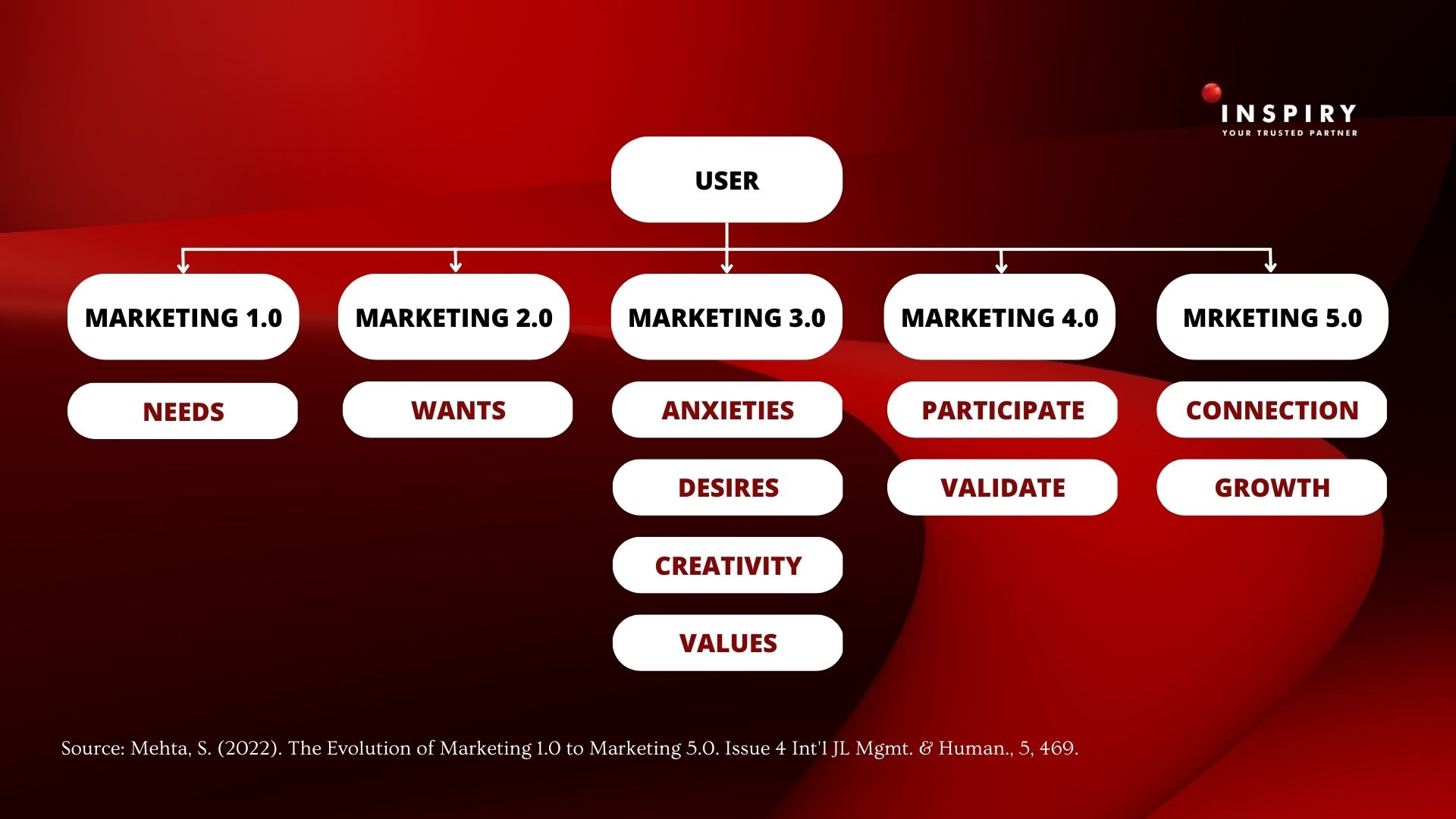
Blog Detail
Marketing Evolution In Medical Devices Industry

The medical device industry is under highly competitive circumstances for many reasons. Technology and innovation are evolving rapidly, therefore new products and different brands are hitting the market. The competition in this industry is not just limited to local/regional boundaries but as a global trade war. In addition, international and regional regulations affect the medical device industry, including marketing. Marketing and advertising regulations give limits to marketing freedom. Still, the regulation has good points for customer safety and correct information. On the other hand, many companies still use traditional strategies and old-fashioned ways of marketing because they are highly aware of illegal and wrong marketing activities that will bring the company to a downfall.
According to Phillip Kotler, Marketing has evolved into five stages there are:

Marketing 1.0 mostly focuses on the unique selling proposition to differentiate the product from the competitors. This strategy focuses on developing the functional aspects of their products to sell their products to customers, without considering much about the customer. Later on, companies started to recognize the importance of the customer. Companies have realized that quality and uniqueness alone are not enough to sell a product and make a profit. Therefore, it led to Marketing 2.0. Marketing 2.0 is defined as opening interactive channels of communication between consumers and businesses using Web 2.0 and the collaborative resources it provides. Web 2.0 includes WordPress, Facebook, YouTube, Wikipedia, etc.
Marketing 3.0 is a value-driven marketing application. The emergence of Marketing 3.0 resulted from the development of "new wave technology" and the use of computers and the Internet. Wrapping up this technological advancement, there is a shifting focus from customers to their emotional needs and desires. Marketing 4.0, is a marketing approach that bridges online and offline interactions between businesses and consumers. It can also be described as an approach to blending artificial intelligence with other technologies to increase productivity, increase human connections, and improve customer interaction processes. The aim of Marketing 4.0 is to inspire the client to personalize their experience, with a value proposition of functional, emotional, spiritual, and self-creative. The last and the most complex is Marketing 5.0 which uses AI as the fundamental tool for marketing. Three important factors for Marketing 5.0 are technology, sustainability, and society. The summary user focus on each evolution stage of marketing is shown below.

This evolution brings medical devices to this current stage when digital marketing is mandatory to compete in the market. Digital marketing can be seen as a new tool for the medical device industry. This industry tends to do the marketing strategy the same way 10 years ago due to restricted rules and an unclear understanding of this current regulation. Sales representatives are no longer the only way to get connected with target audiences. Digital marketing is another significant way to discover new customers. Even though some companies have started to use digital marketing, there are very few digital marketing experts in the medical device industry. There are seven top reasons why companies employ digital marketing strategy, those are (1) increasing sales prospects/leads, (2) increasing customer acquisition, (3) increasing customer engagement, (4) improving brand awareness, (5) improving result measurability, (6) increasing website traffic, and (7) improving web user experience. Thereby, what are the most effective digital marketing strategies for the medical device industry?
A study by Eric at al. divides the company's type based on four categories including prospectors, analyzers, low-cost defenders, and differentiated defenders. Prospectors are the pioneers and market markers such as Apple. Analyzers are firms that identify the upcoming successful product with additional features and lower prices compared to prospectors. Other than predicting the successful product in the market, low-cost defenders strategically focus on cost control, thus offering the least expensive product to customers. Differentiated defenders usually offer premium standards, and focus on smaller market segments, and affluent customers, like Unilever, Tiffany & Co, and more. Based on these classifications, the medical industry should also classify its current position first.
Among the applicable strategies, the two most significant and appropriate for those four classes are SEO and Content Marketing. Content marketing is a marketing strategy focused on creating and distributing valuable, relevant, and consistent content that attracts and retains a well-defined audience and ultimately drives profitability. Whereas, Search engine optimization is long-term and continuous improvement of the content and design of digital assets with the goal of ranking as high as possible on search engine pages. The medical devices industry is recommended to optimize its SEO and Content Marketing to increase the number of customers.
